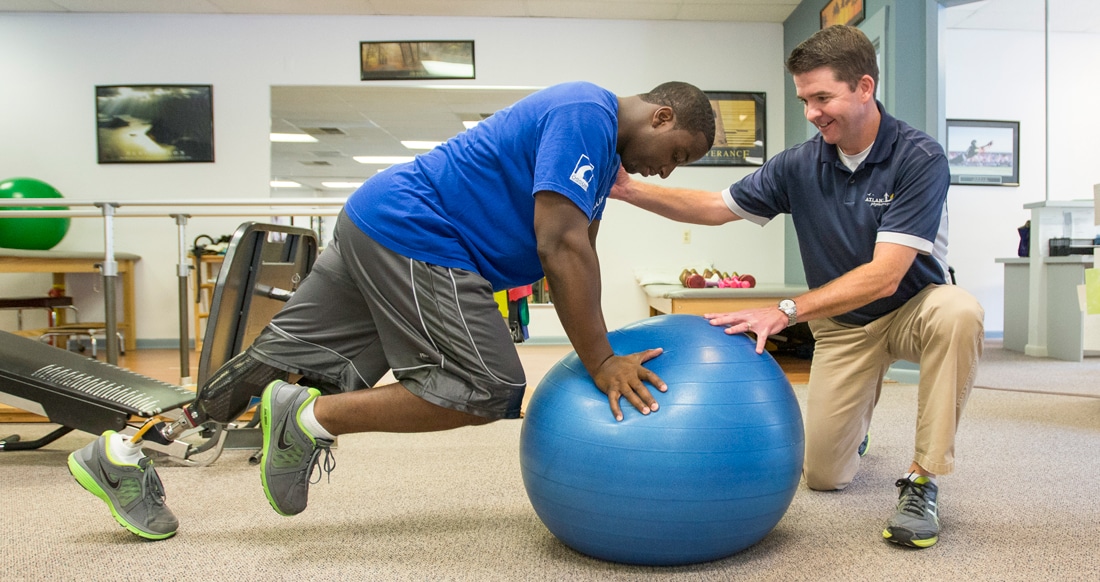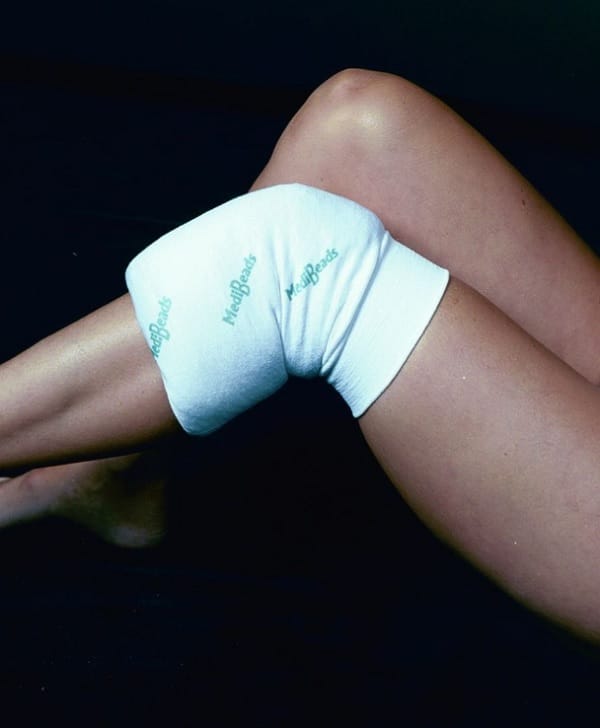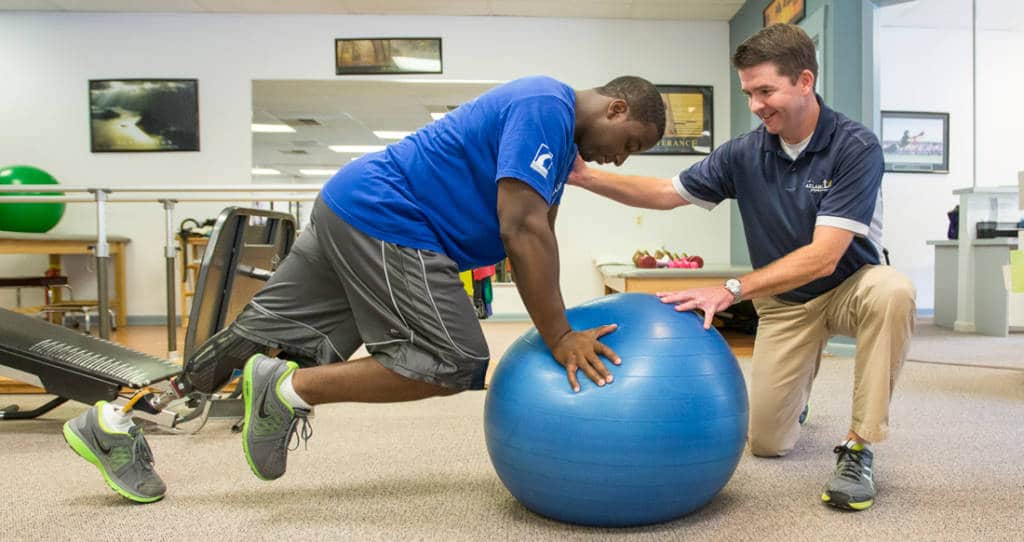
Page Contents
by Angela John
The Role of Pain Management with Physical Therapy Atlanta GA Experts Explored
Most people ask the question, are physical therapists the new leaders in the management of pain for people who suffer and aren’t able to manage their chronic condition? The fact remains that physical therapy is an important component of multidisciplinary pain control and often the first point of entry for most patients in the healthcare system.
When it comes to pain management physical therapy in Atlanta GA, this focuses on education (pacing, posture, remaining active, disease), exercises (stretching, aerobic, motor control, strengthening), manual support (joint mobilization, massage and manipulation), electrical stimulation (interferential current and transcutaneous electrical nerve stimulation TENS), heat modalities (ultrasound, hot packs), motor imagery, cold modalities (ice bath, ice pack) and sensory re-education. This education is applied in order to help people combat chronic pain.
The Key Role of a Physical Therapist
The important goals of a physical therapist are to reduce pain and help to improve the function of the body. This means it involves a multidisciplinary approach of a Kroll Care specialist, including the patient as an active participant in utilizing both passive and active approaches.
Explaining the difference between active vs. passive approaches for chronic pain, they noted that an active approach includes self-management, education, exercise, and sensory-motor re-education and a passive approach includes physical agents, electrical modalities, and manual therapies.
In this context, self-management includes instructions for the disease process (chronic pain mechanism, central sensitization), staying active (the benefits of physical activities), and more. A self-management plan is one that helps patients believe in their capacity to control their pain. It pushes patients to engage in an active program of physical activity and problem-solving skills.
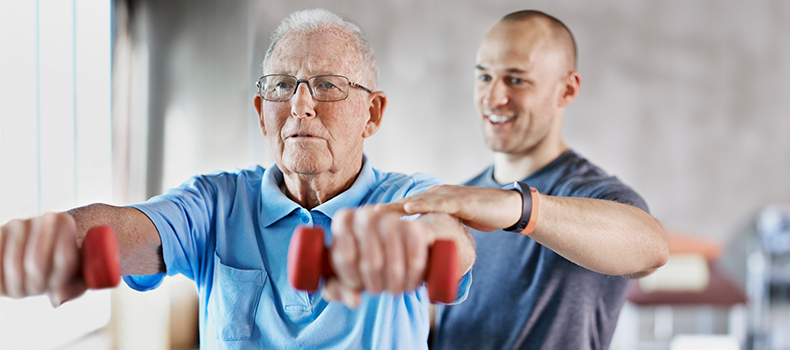
It is also important for patients to understand that inactivity physically can increase the risks of chronic pain, which in return can reduce with increasing physical activity. When you seek the help of a physical therapist, their role is to engage your body in a series of activities to help your body move and help the joints regain their flexibility.
A great challenge for most doctors in treating patients who suffer from chronic pain as they are in bad physical shape. For this reason, exercise should start slowly but progress gradually as well. With patients instructed to stretch, their painful conditions can fade away in a short time. Clinical evidence through the Georgia Society of Interventional Pain Physicians shows that physical therapy is helpful for a variety of painful conditions, including osteoarthritis, low back pain, fibromyalgia, rheumatoid arthritis, neck pain, and tendonitis and myofascial pain.
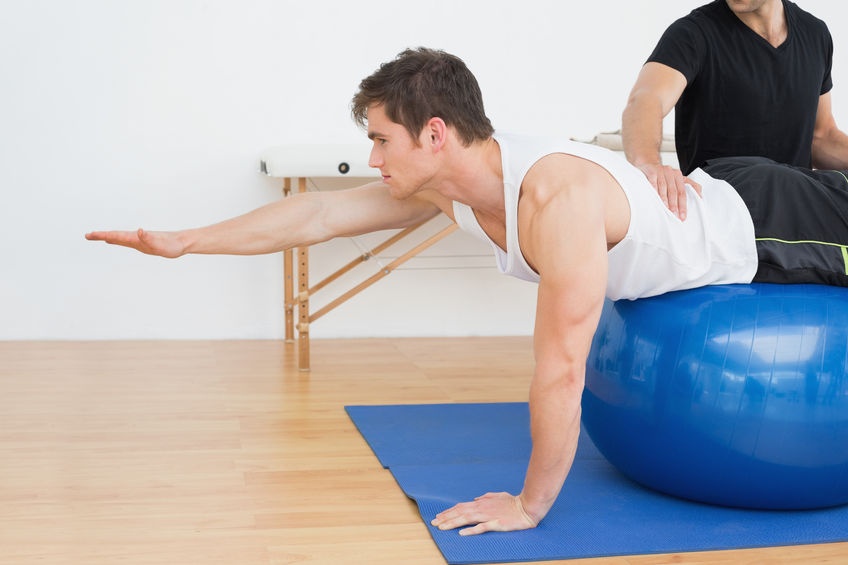
An action plan of pain management can help patients to address what they should do if their pain worsens.
Physical Therapy is Active and Passive
When you seek the help of an experienced physical therapist, you should know the treatment plans include both active and passive treatment options. Passive treatment is one that helps you and your body to relax. It goes by the name passive because your body does not have to participate actively. Initially, your physical treatment could start with the passive program, but the goal is to get into the phase of active treatments. Active therapy is one that involves a series of exercises that strengthen your body and help you deal with your chronic pain.
Passive Therapy Options
The passive plan of therapy treatment includes:
- Hot and Cold Therapies: sometimes, your therapist may alternate between cold and hot therapies. By using heat, the therapist seeks to get more blood to the targeted area because an increased flow of blood helps to bring in more nutrients and oxygen to the affected area. The need for blood also helps to eliminate waste byproducts created by muscle spasms and aids healing.
- Deep Tissue Massage: This is a technique that targets chronic muscle tension and spasms that build up through daily life stress. Sometimes, muscle tension and spasms could develop causing sprains and strain. The therapist would direct friction and pressure to release the tension in your soft tissues (muscles, ligaments, tendons).
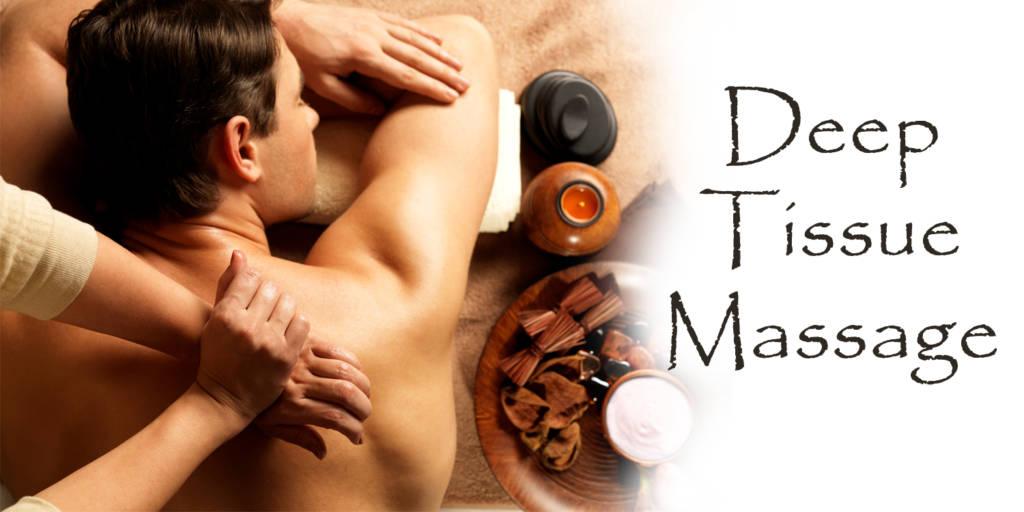
- Ultrasound: An ultrasound helps to reduce cramping, muscle spasms, pain, swelling, and stiffness. It does so by sending sound waves into the muscle tissues to create a mild and gentle heat that enhances healing and circulation.
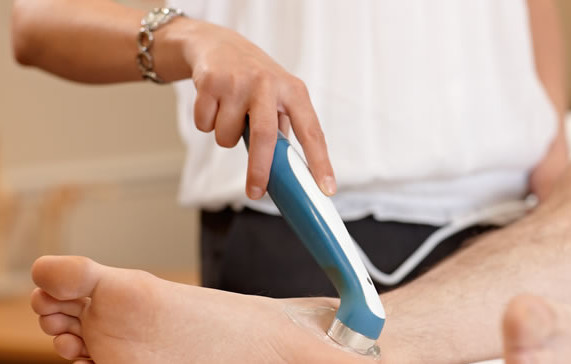
- TENS: A TENS (transcutaneous electrical nerve stimulation) machine helps to stimulate your muscles through variable (but safe) intensities of electrical current. It helps to reduce muscle spasms and increase your body’s production of natural painkillers or endorphins.
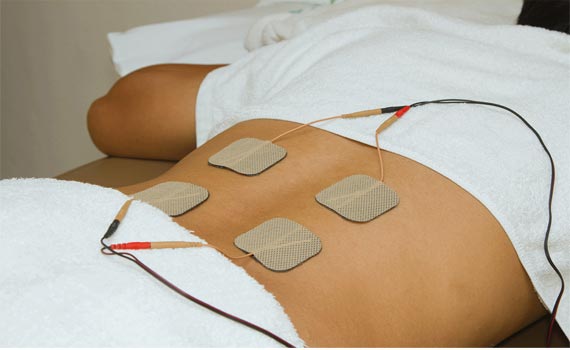
Other Aspects of Physical Therapy
If necessary, you will also learn how to correct a bad posture and incorporate some ergonomic principles into your activities daily. This comes under the self-treatment aspect of the therapy. You can learn about good habits and principles that enable you to take care of your body. During the consultation, your therapist may also suggest some personalized exercise programs for you. It is advisable that you take your time, conduct thorough research on your own, and finally visit an expert nearby. Ask them all the questions you have in mind, explain your condition, and be sure to follow the treatment plan they provide.
